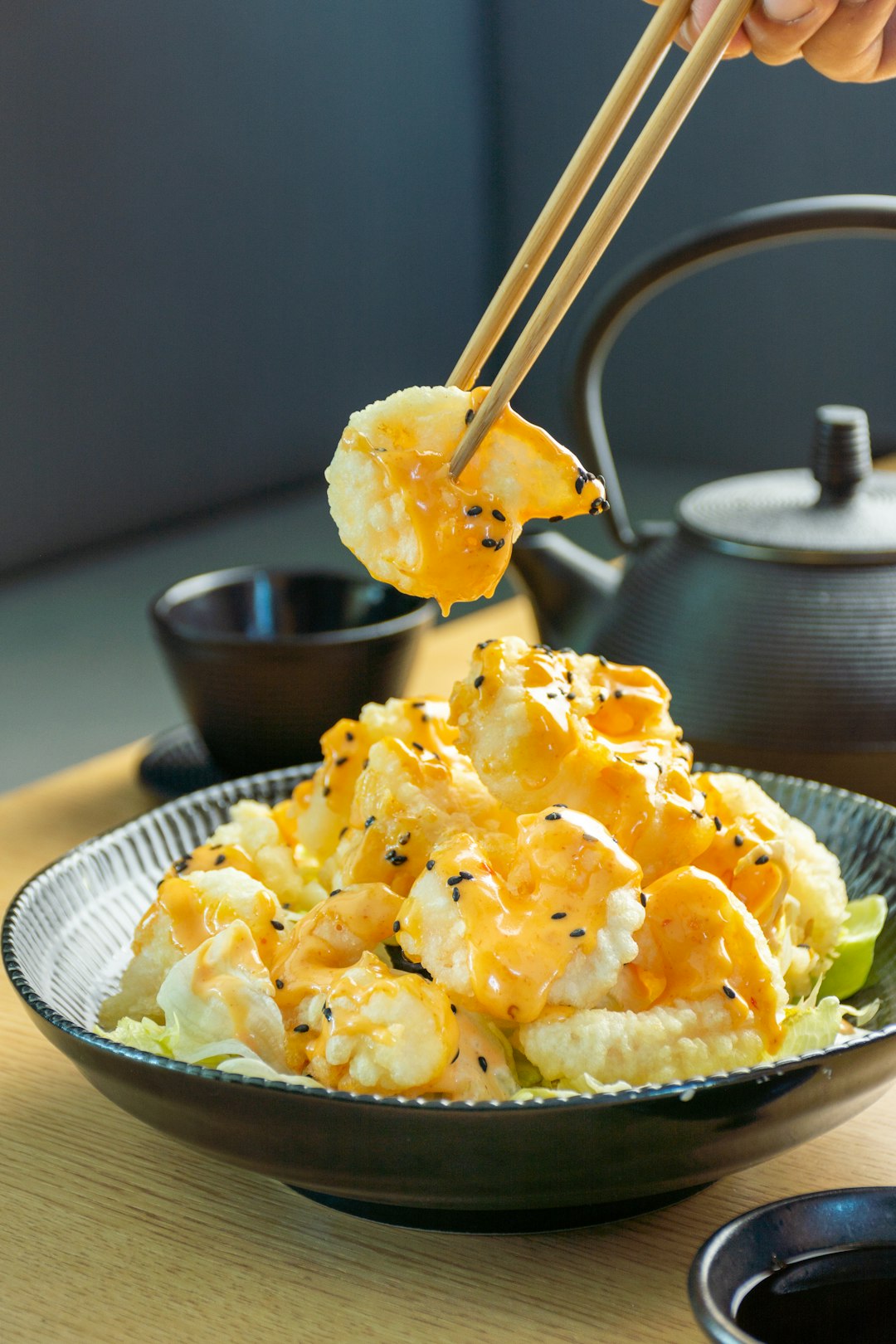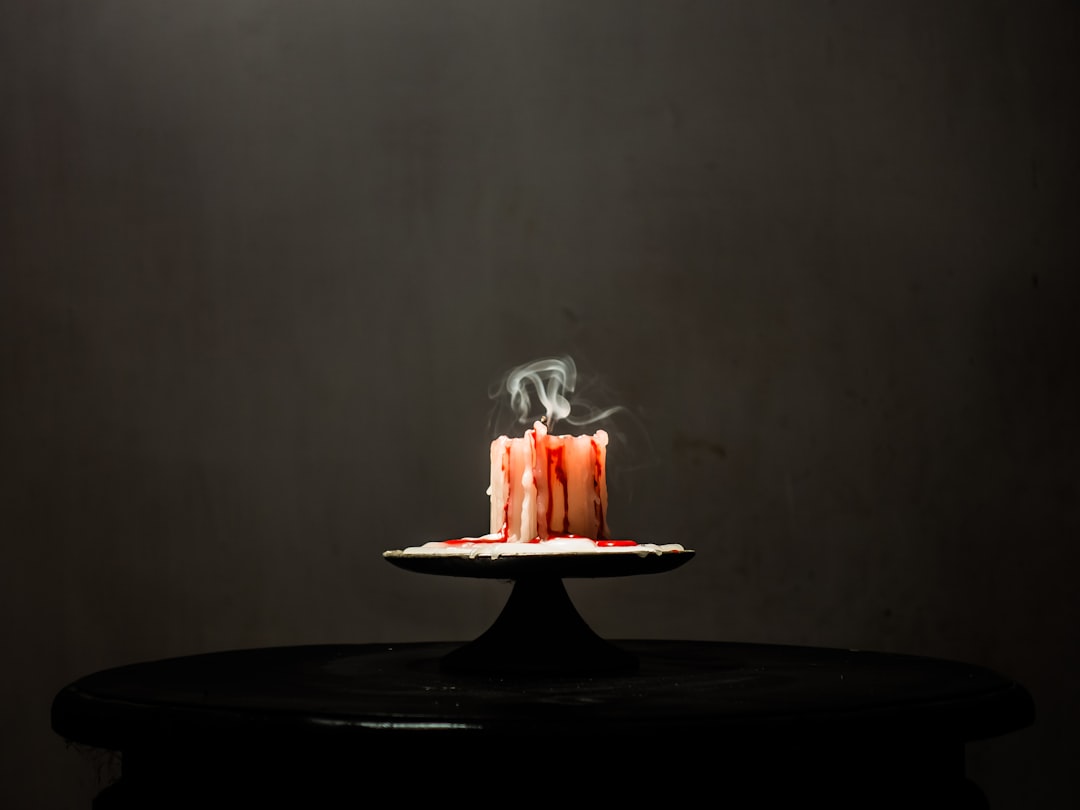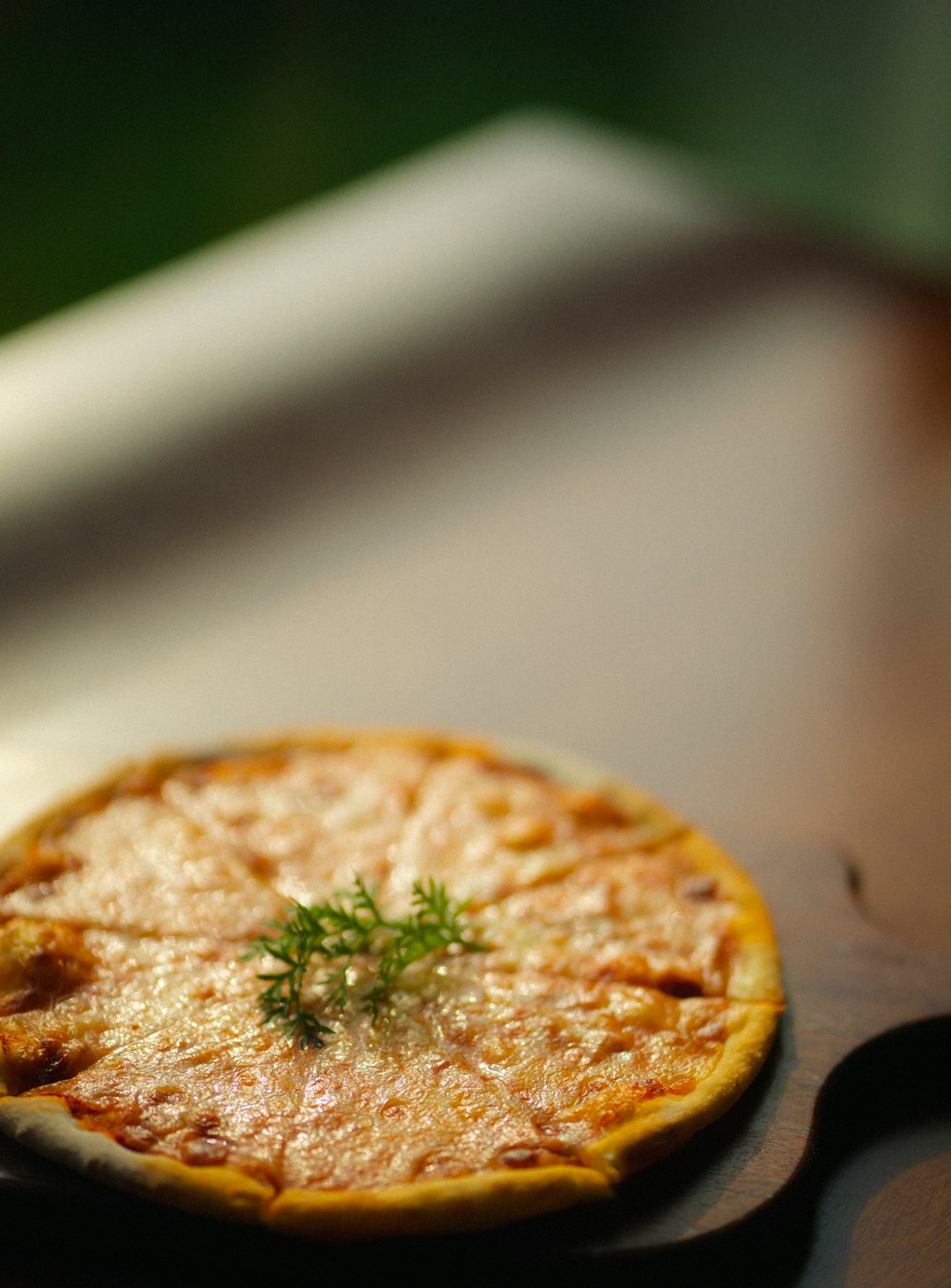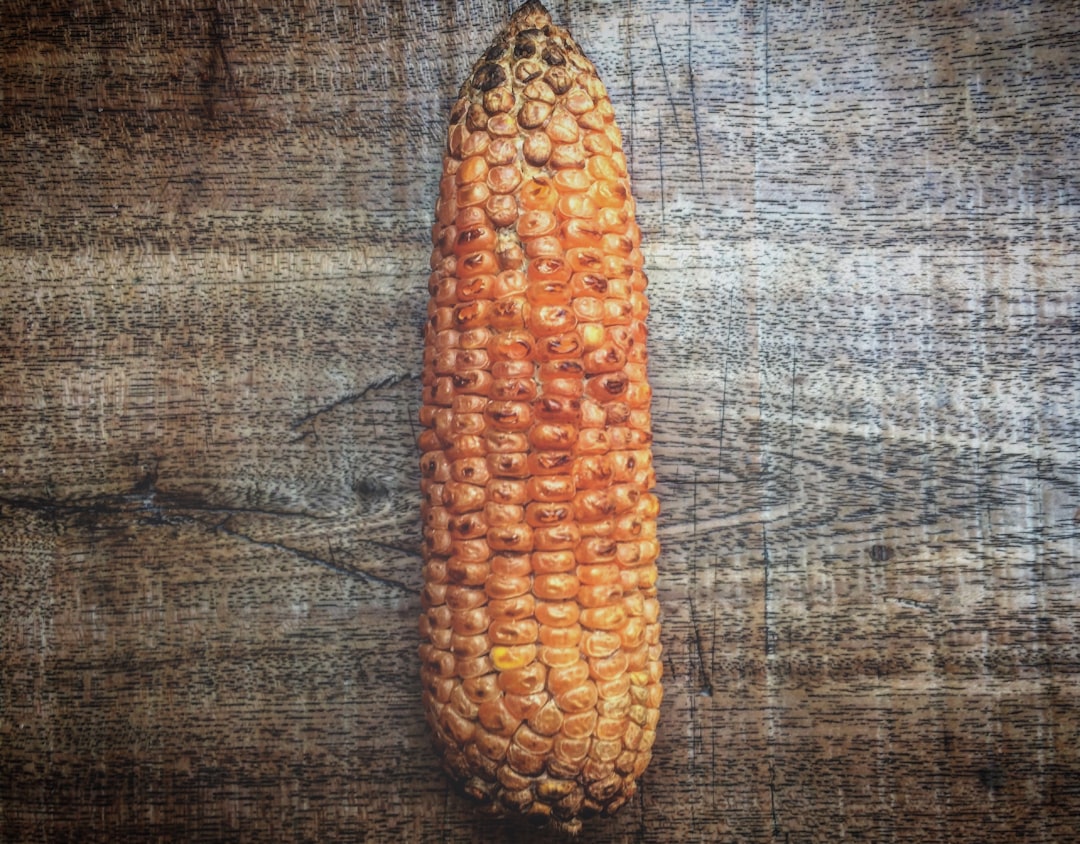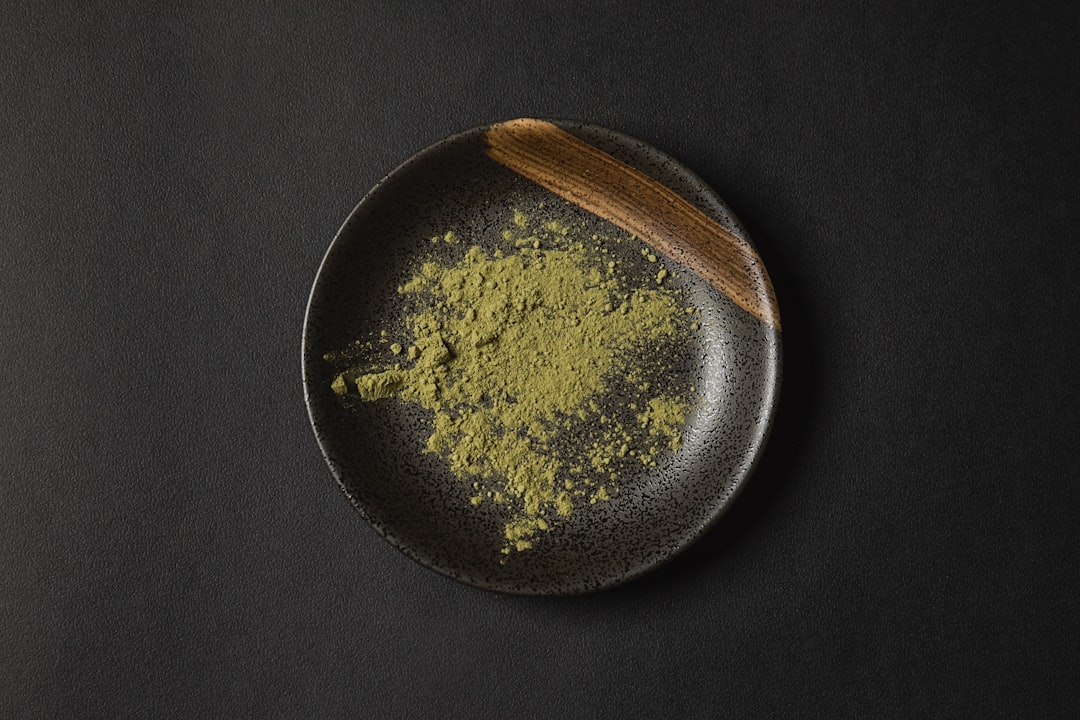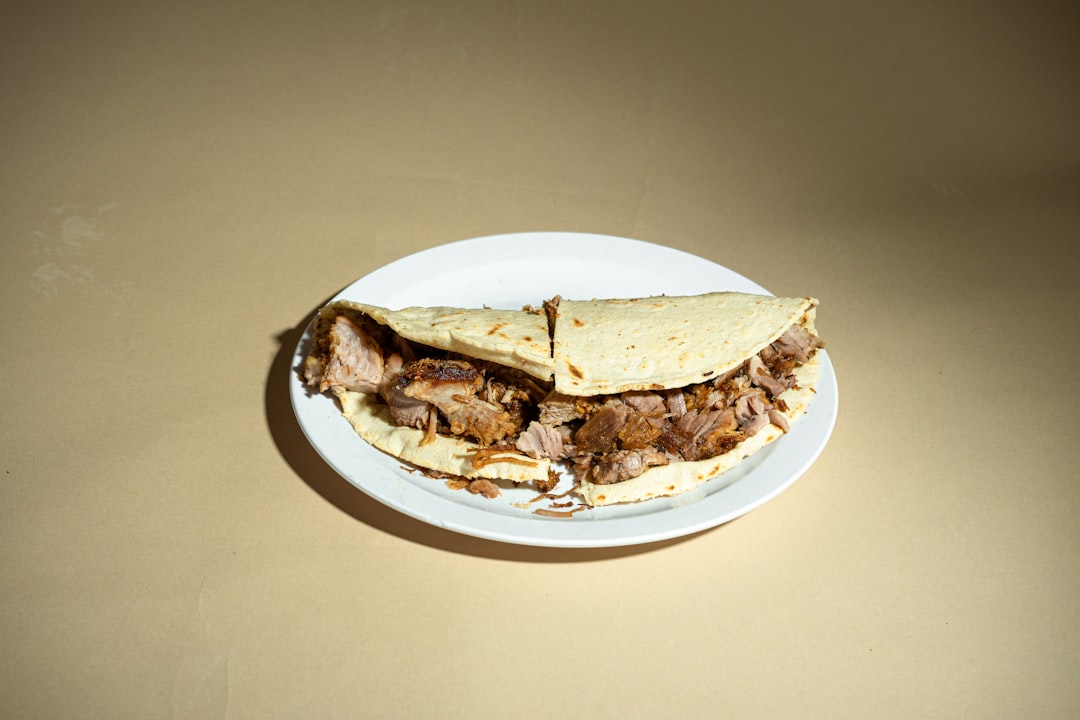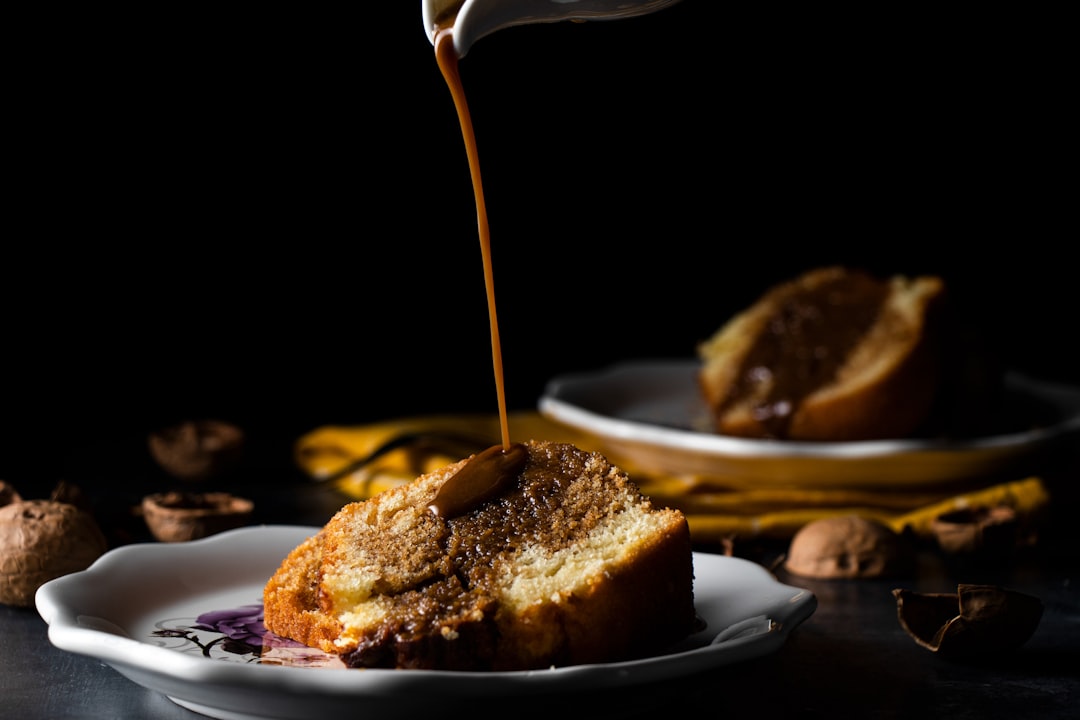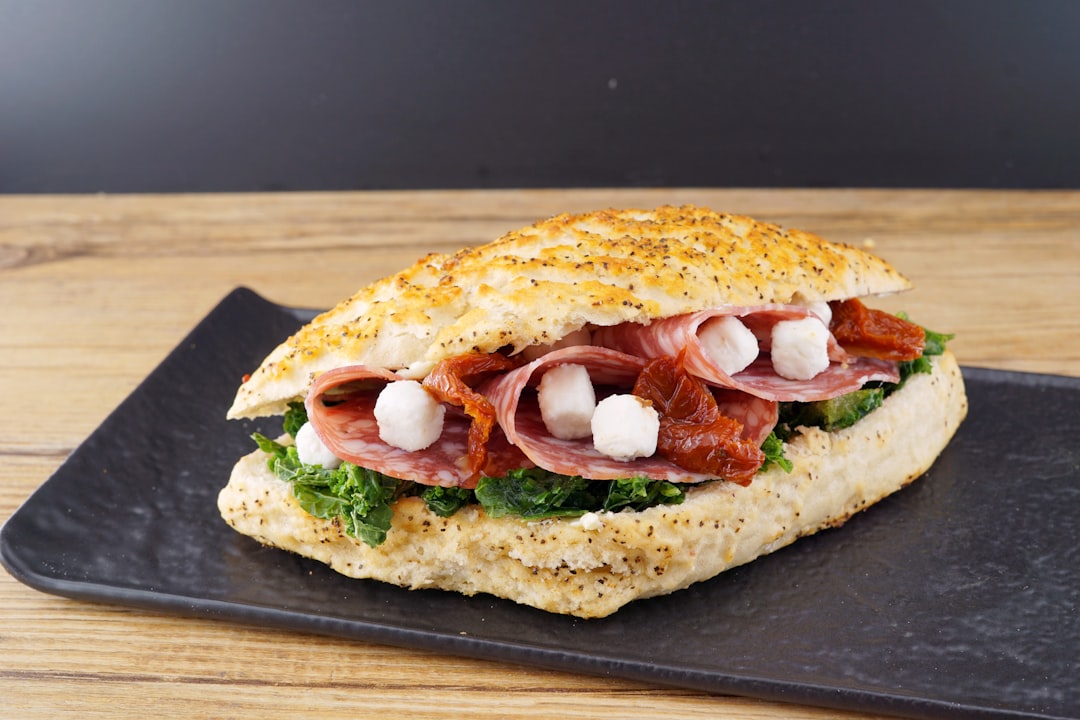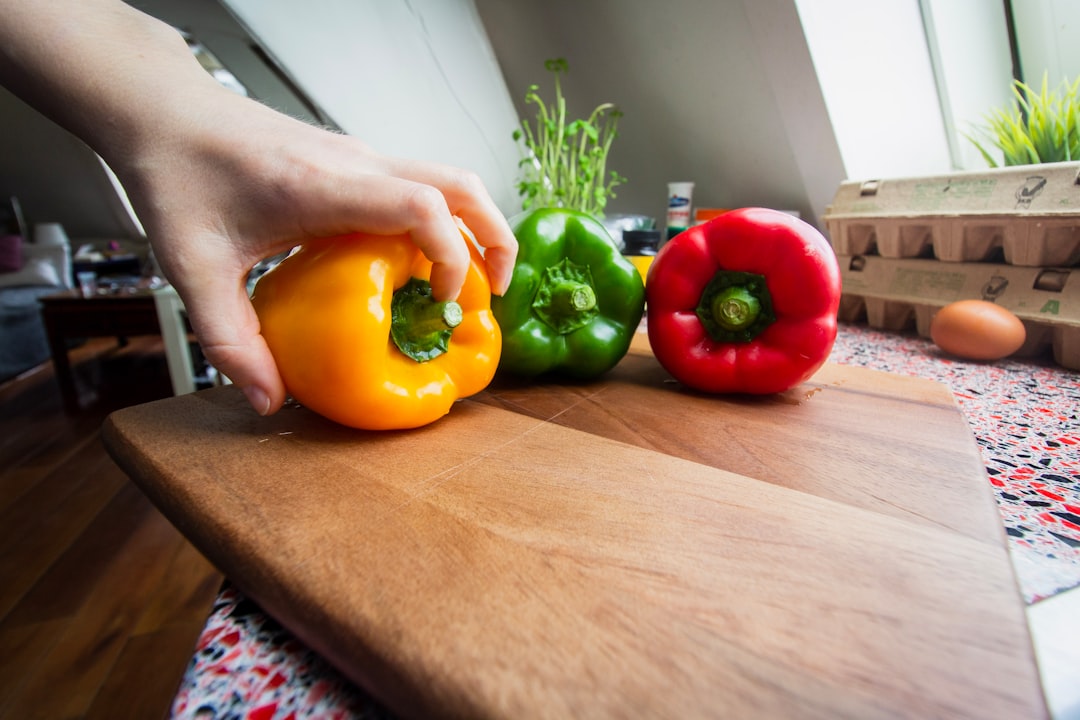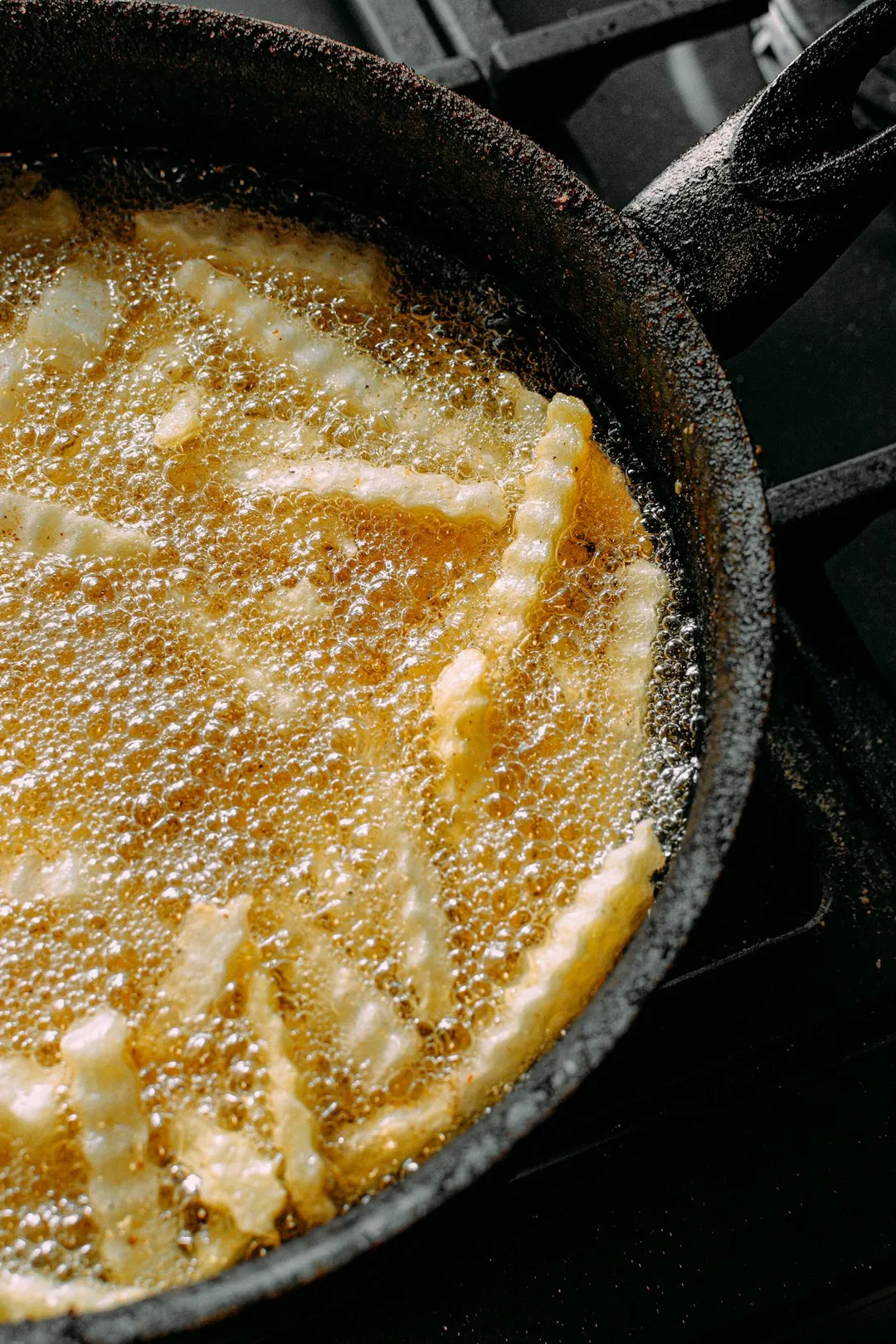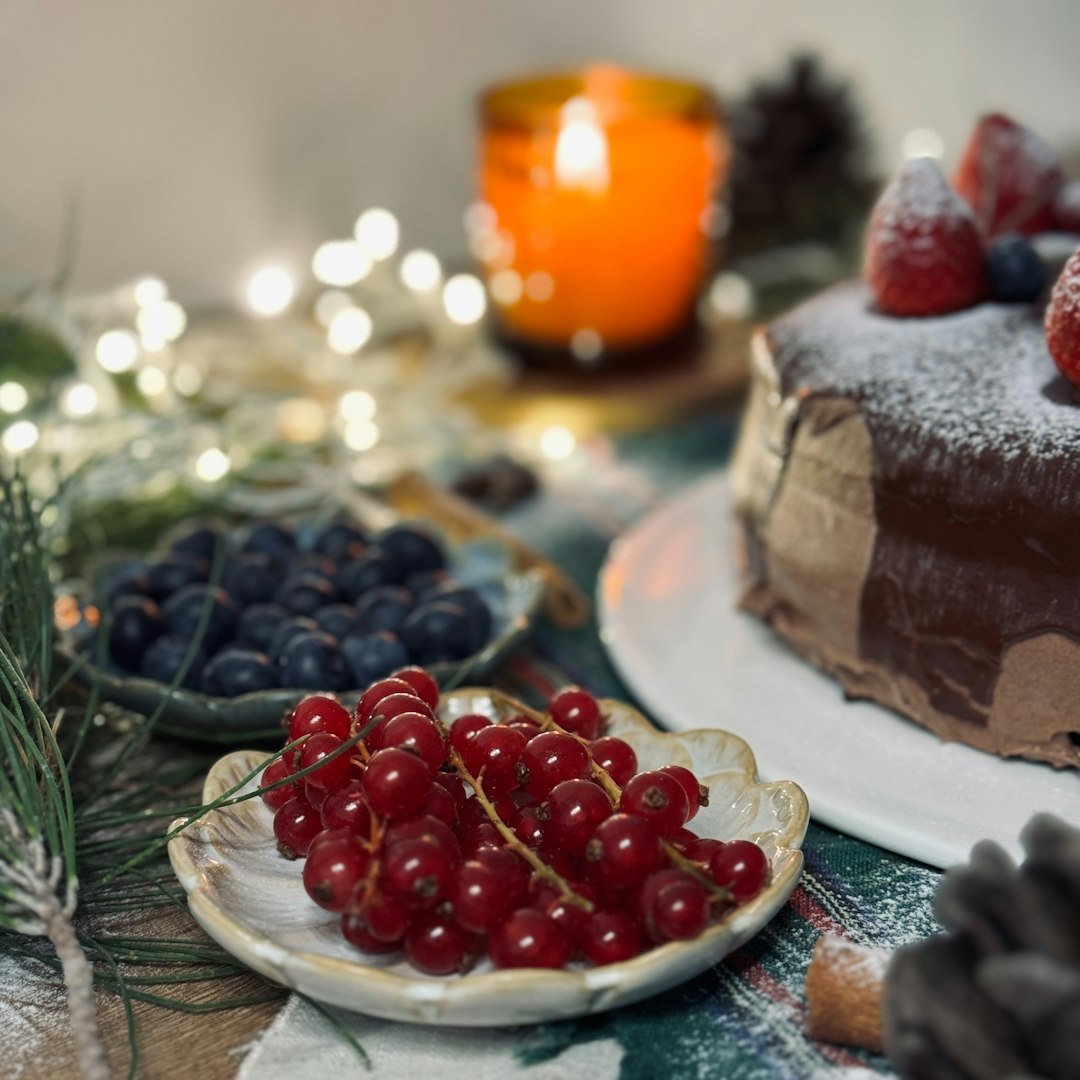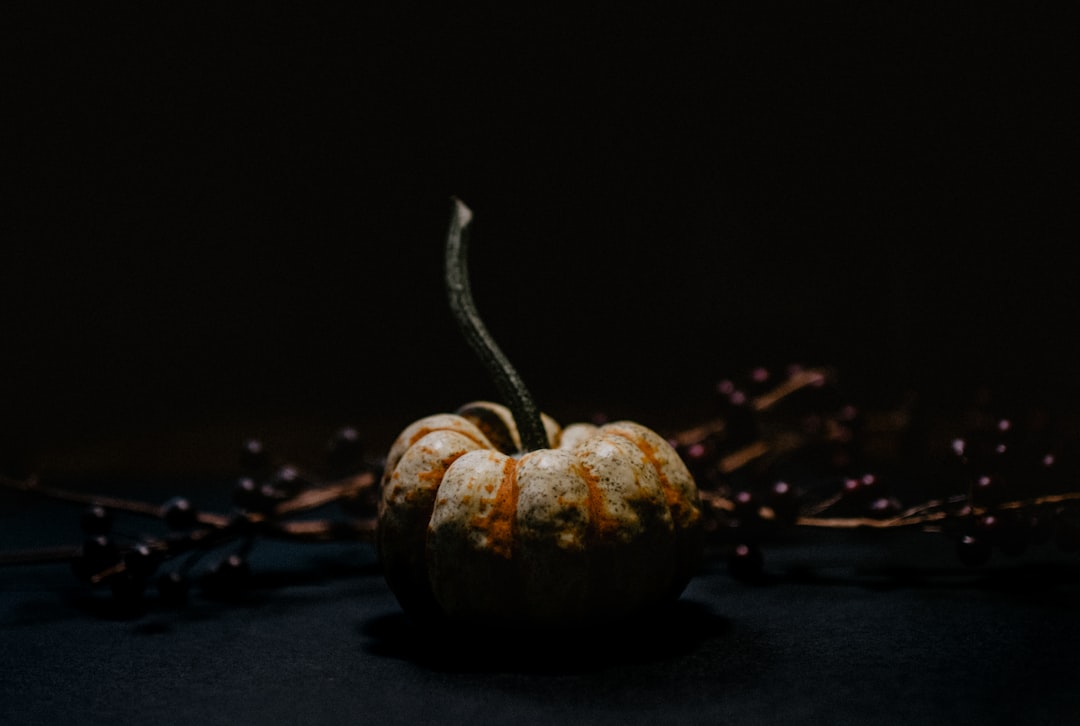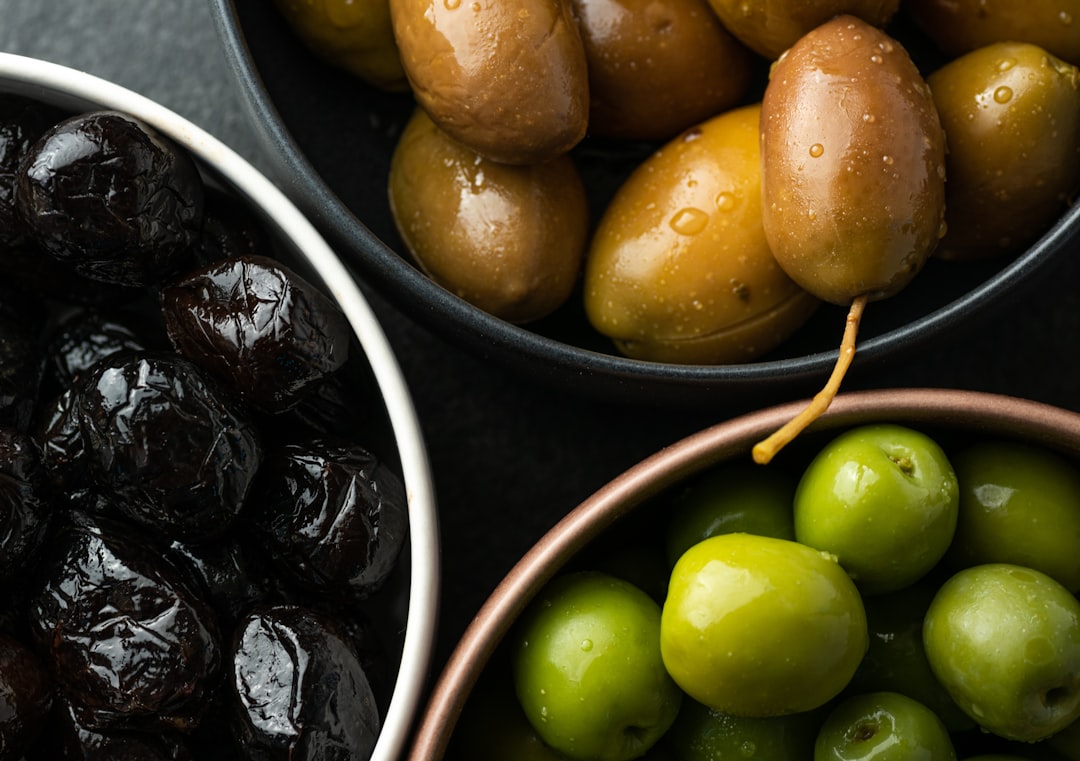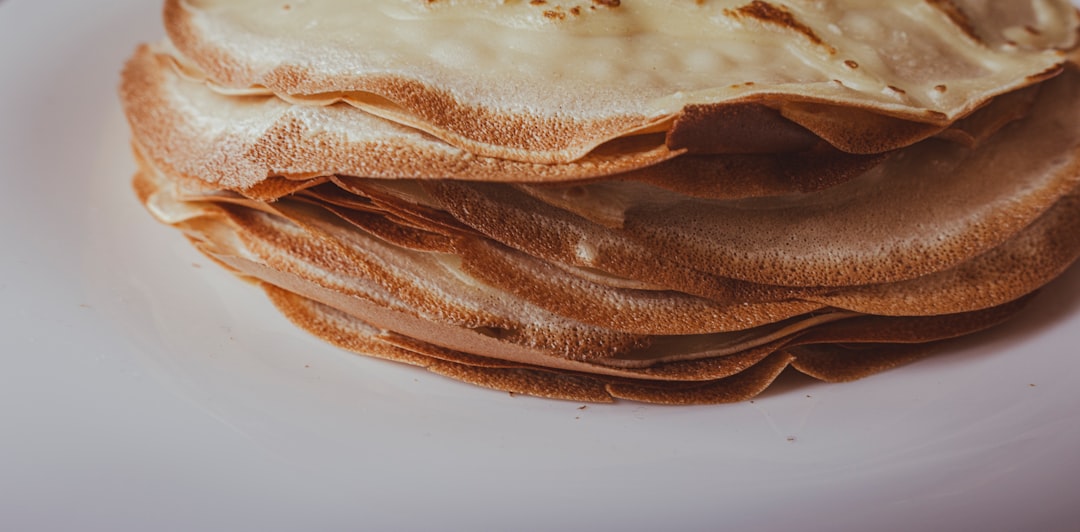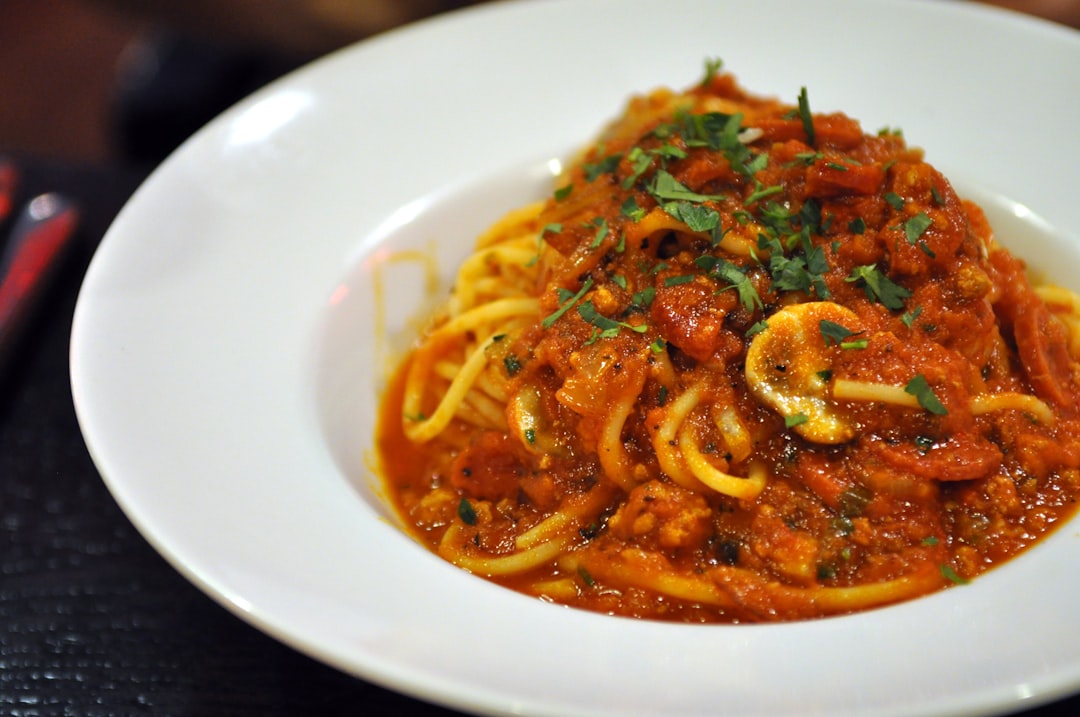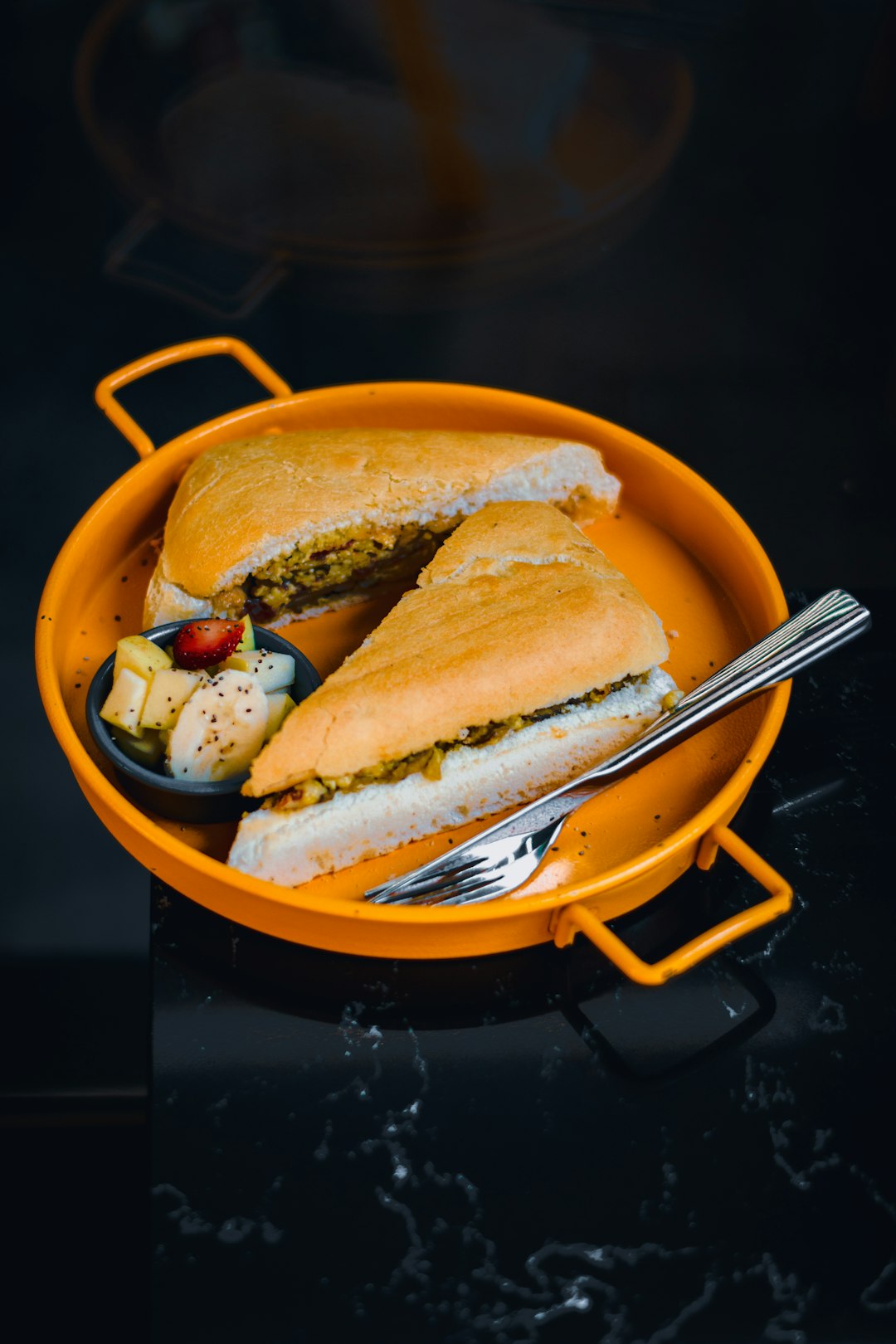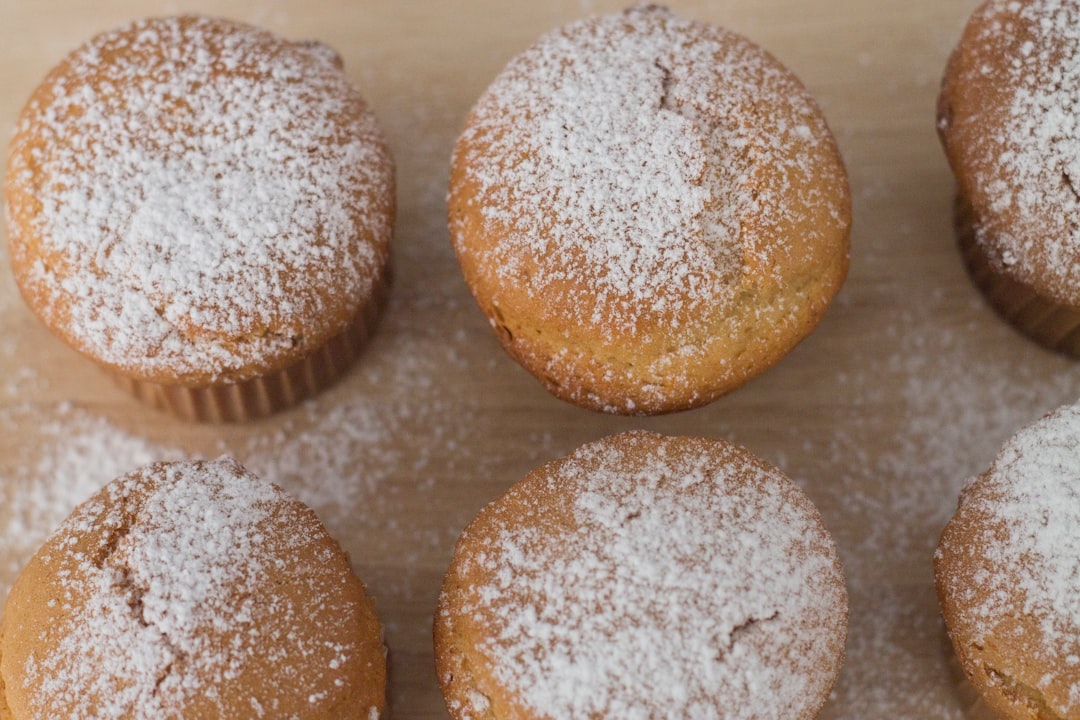
When it comes to the world of desserts and baking, ice cream and frozen desserts hold a special place in the hearts of many. The recipes for both store - bought and homemade ice cream can vary significantly in terms of formula and ingredients. One of the most classic flavors, vanilla ice cream, has a long - standing myth associated with it that has intrigued ice cream lovers for ages.
You've probably noticed those little black flecks in pints of classic vanilla ice cream and in scoops served at ice cream shops. Many people assume that these flecks are vanilla bean seeds, which are thought to add a unique and intense flavor to the ice cream. After all, vanilla beans are known for their rich, complex taste, and it seems logical that having the actual seeds in the ice cream would enhance the flavor experience. However, this is nothing more than a myth.
Let's first understand the process of making vanilla ice cream. Vanilla flavor can be derived from various sources. One common way is through the use of vanilla extract, which is made by steeping vanilla beans in alcohol. This extract is then added to the ice cream base during the manufacturing process. Another method is to use vanilla bean paste, which contains tiny bits of vanilla bean but is mainly a concentrated flavoring. And of course, some high - end ice cream makers do use whole vanilla beans, scraping the seeds out and adding them to the mixture.
But here's the truth about those black flecks. In most cases, the flecks in commercial vanilla ice cream are not vanilla bean seeds at all. They are often just a visual gimmick to make the ice cream look more premium and artisanal. These flecks are usually made from other ingredients or are simply added for aesthetic purposes. They have no real impact on the flavor of the ice cream.
So, if the flecks don't add flavor, what gives vanilla ice cream its delicious taste? The answer lies in the quality of the vanilla flavoring used. High - quality vanilla extracts are made from pure vanilla beans and have a deep, rich flavor. The alcohol in the extract helps to carry the flavor compounds and infuse them into the ice cream base. When making homemade vanilla ice cream, using a good vanilla extract or whole vanilla beans makes a significant difference in taste.
To understand the difference between ice cream with real vanilla bean seeds and those with just the flecks, one can conduct a simple taste test. Take two samples of vanilla ice cream: one with the supposed 'vanilla bean seeds' as flecks and another made with real vanilla beans. Tasting them side by side will quickly show that the ice cream with real vanilla beans has a more complex and intense flavor. The real vanilla beans release their flavor compounds gradually, creating a multi - layered taste that is hard to replicate with just flavoring extracts.
When it comes to making your own vanilla ice cream at home, you can ensure that you get the true vanilla experience. Start by choosing high - quality vanilla beans. Split the beans lengthwise and scrape out the tiny black seeds. Add both the seeds and the scraped - out pods to the milk or cream that will form the base of your ice cream. Heat the mixture gently, allowing the vanilla beans to infuse their flavor into the liquid. Then, strain out the pods before proceeding with the rest of the ice - cream - making process.
In conclusion, the black flecks in vanilla ice cream are a fascinating part of the ice - cream world, but they are not what they seem. While they may look appealing, they don't contribute to the flavor. True vanilla flavor in ice cream comes from either quality vanilla extracts or the use of real vanilla beans. So, the next time you're enjoying a scoop of vanilla ice cream, you can impress your friends with this little - known fact and maybe even make your own homemade vanilla ice cream with real vanilla beans for a truly exquisite taste.
